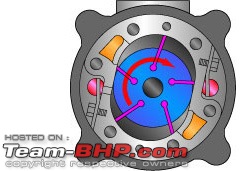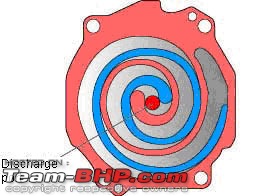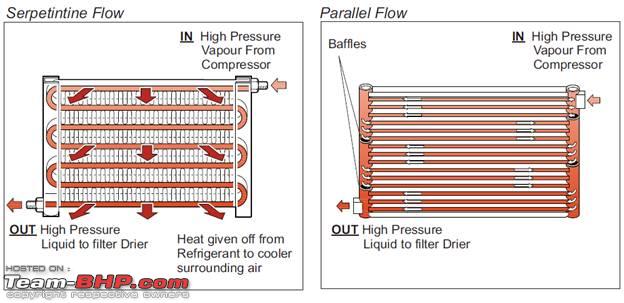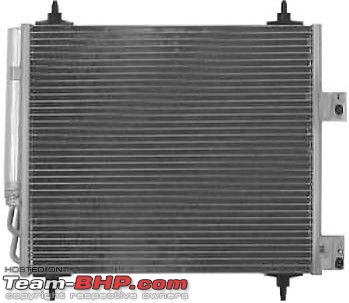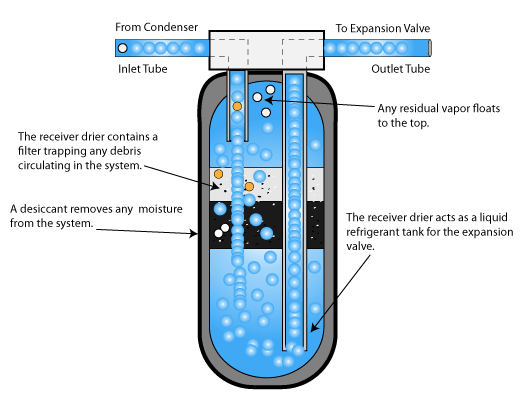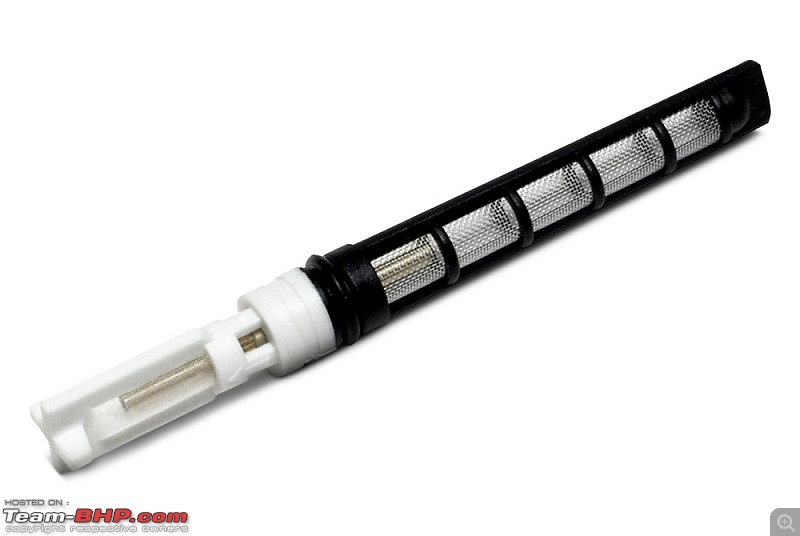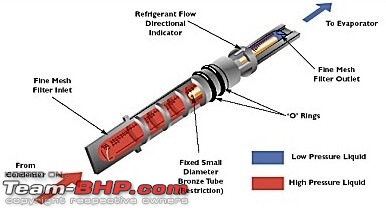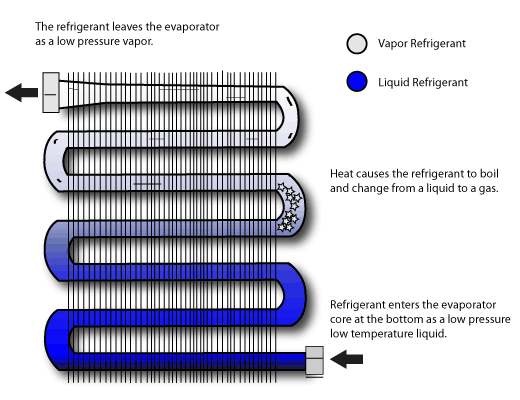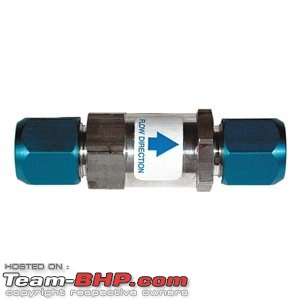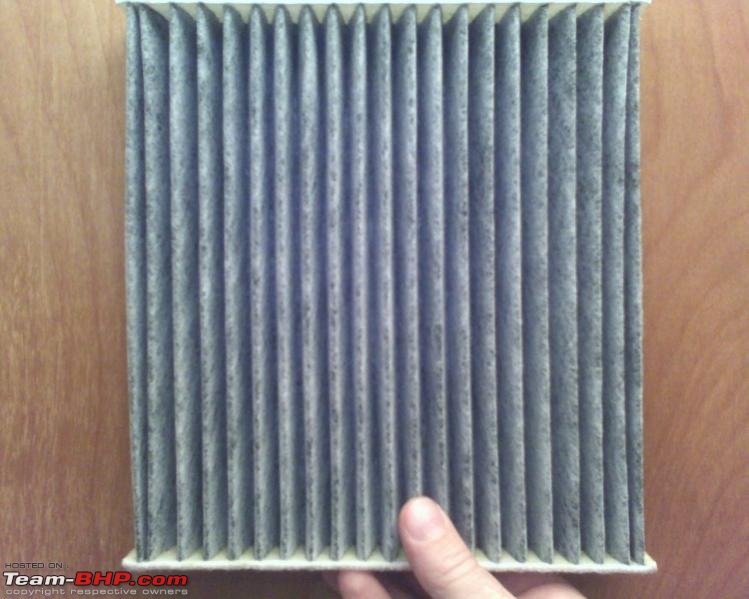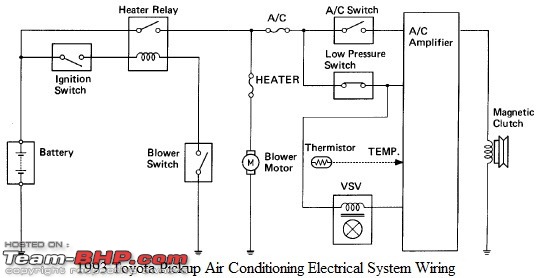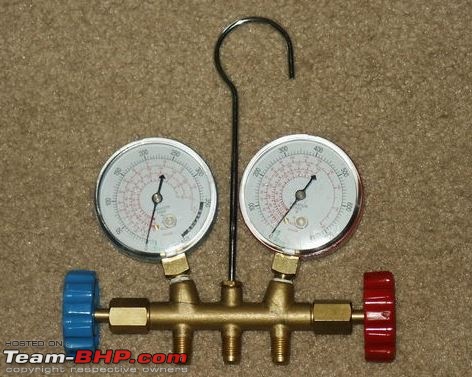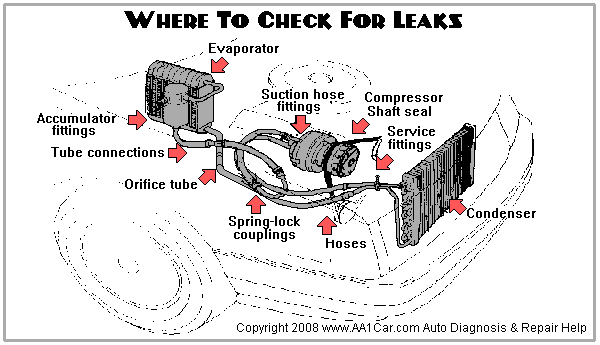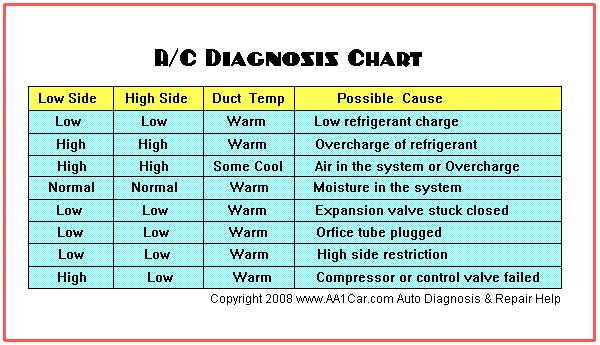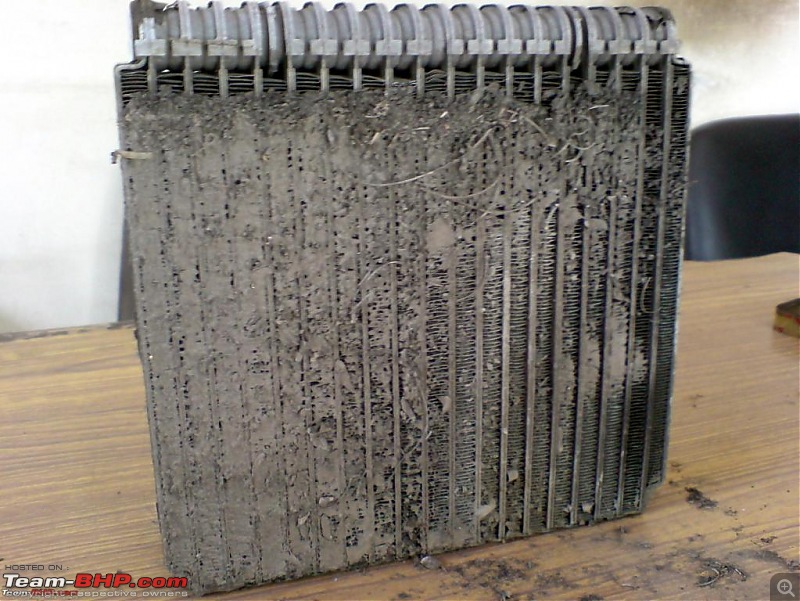| | #1 |
| Senior - BHPian Join Date: Aug 2005 Location: New Delhi
Posts: 1,462
Thanked: 2,568 Times
| |
| |  (30)
Thanks (30)
Thanks
|
| |
| | #2 |
| Senior - BHPian Join Date: Aug 2005 Location: New Delhi
Posts: 1,462
Thanked: 2,568 Times
| |
| |  (13)
Thanks (13)
Thanks
|
| | #3 |
| Senior - BHPian Join Date: Aug 2005 Location: New Delhi
Posts: 1,462
Thanked: 2,568 Times
| |
| |  (21)
Thanks (21)
Thanks
|
| | #4 |
| Senior - BHPian Join Date: Aug 2005 Location: New Delhi
Posts: 1,462
Thanked: 2,568 Times
| |
| |  (13)
Thanks (13)
Thanks
|
| | #5 |
| Senior - BHPian Join Date: Aug 2005 Location: New Delhi
Posts: 1,462
Thanked: 2,568 Times
| |
| |  (13)
Thanks (13)
Thanks
|
| | #6 |
| Senior - BHPian Join Date: Aug 2005 Location: New Delhi
Posts: 1,462
Thanked: 2,568 Times
| |
| |  (9)
Thanks (9)
Thanks
|
| | #7 |
| Senior - BHPian Join Date: Aug 2005 Location: New Delhi
Posts: 1,462
Thanked: 2,568 Times
| |
| |  (7)
Thanks (7)
Thanks
|
| | #8 |
| Senior - BHPian Join Date: Aug 2005 Location: New Delhi
Posts: 1,462
Thanked: 2,568 Times
| |
| |  (8)
Thanks (8)
Thanks
|
| | #9 |
| Senior - BHPian Join Date: Aug 2005 Location: New Delhi
Posts: 1,462
Thanked: 2,568 Times
| |
| |  (7)
Thanks (7)
Thanks
|
| | #10 |
| Senior - BHPian Join Date: Aug 2005 Location: New Delhi
Posts: 1,462
Thanked: 2,568 Times
| |
| |  (9)
Thanks (9)
Thanks
|
| | #11 |
| Senior - BHPian Join Date: Aug 2005 Location: New Delhi
Posts: 1,462
Thanked: 2,568 Times
| |
| |  (6)
Thanks (6)
Thanks
|
| |
| | #12 |
| Senior - BHPian Join Date: Aug 2005 Location: New Delhi
Posts: 1,462
Thanked: 2,568 Times
| |
| |  (14)
Thanks (14)
Thanks
|
| | #13 |
| Senior - BHPian Join Date: Aug 2005 Location: New Delhi
Posts: 1,462
Thanked: 2,568 Times
| |
| |  (14)
Thanks (14)
Thanks
|
| | #14 |
| Team-BHP Support  | |
| |
| | #15 |
| Distinguished - BHPian  | |
| |  (6)
Thanks (6)
Thanks
|
 |











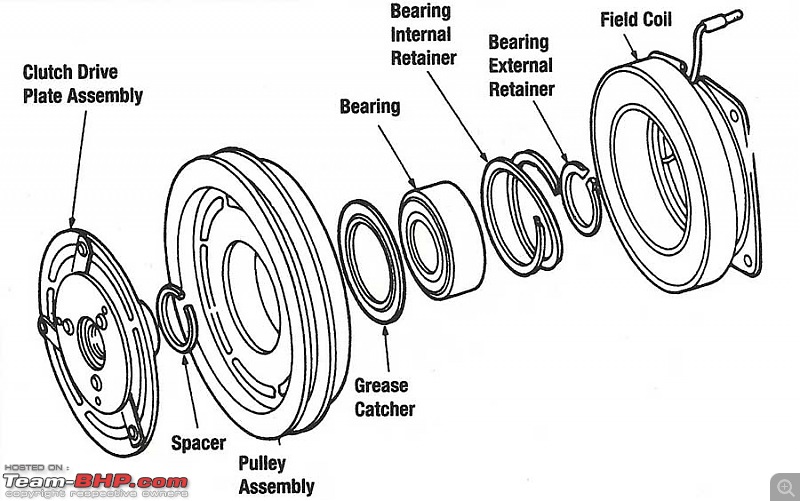

 cycle when power from the engine causes the shaft and swash plate to rotate.
cycle when power from the engine causes the shaft and swash plate to rotate.
